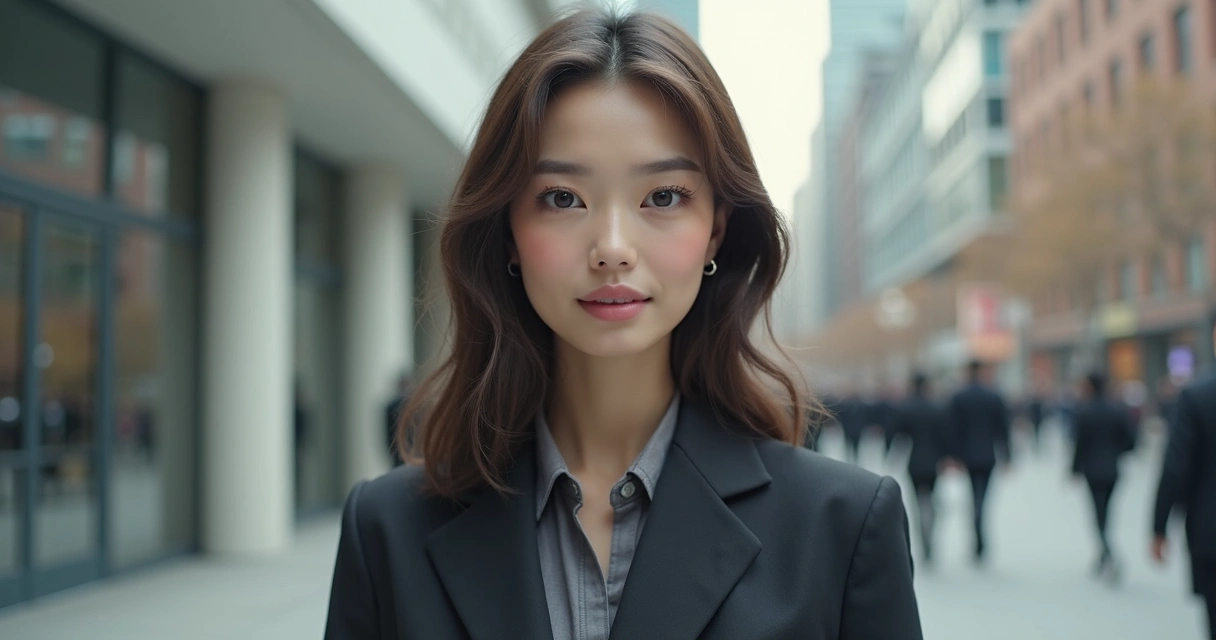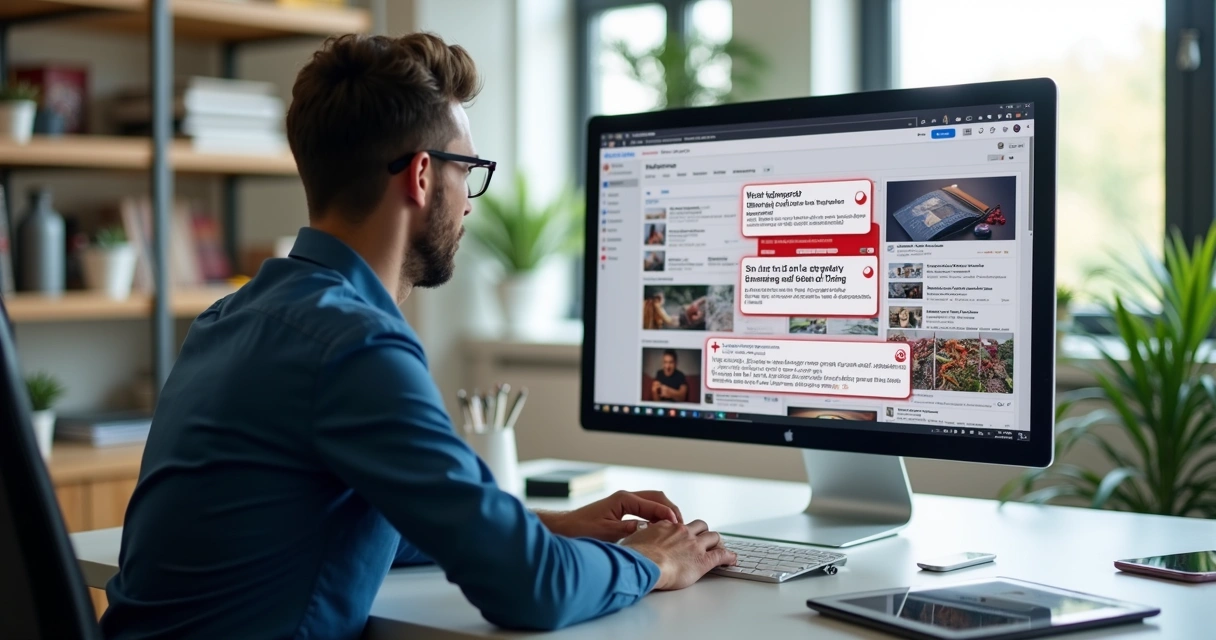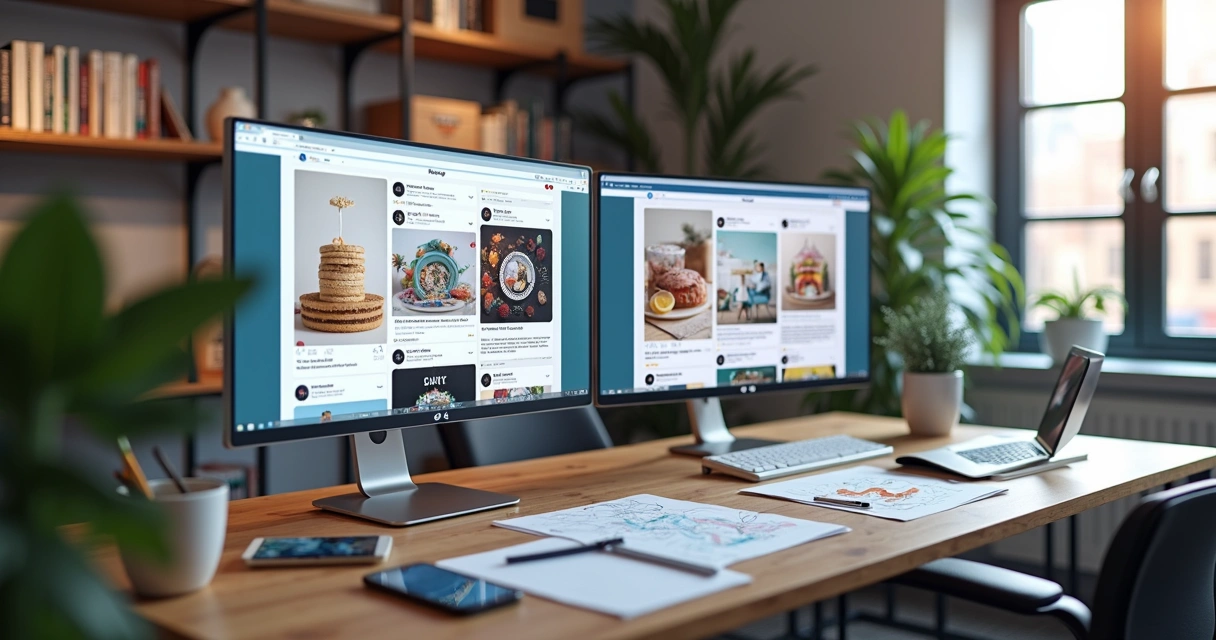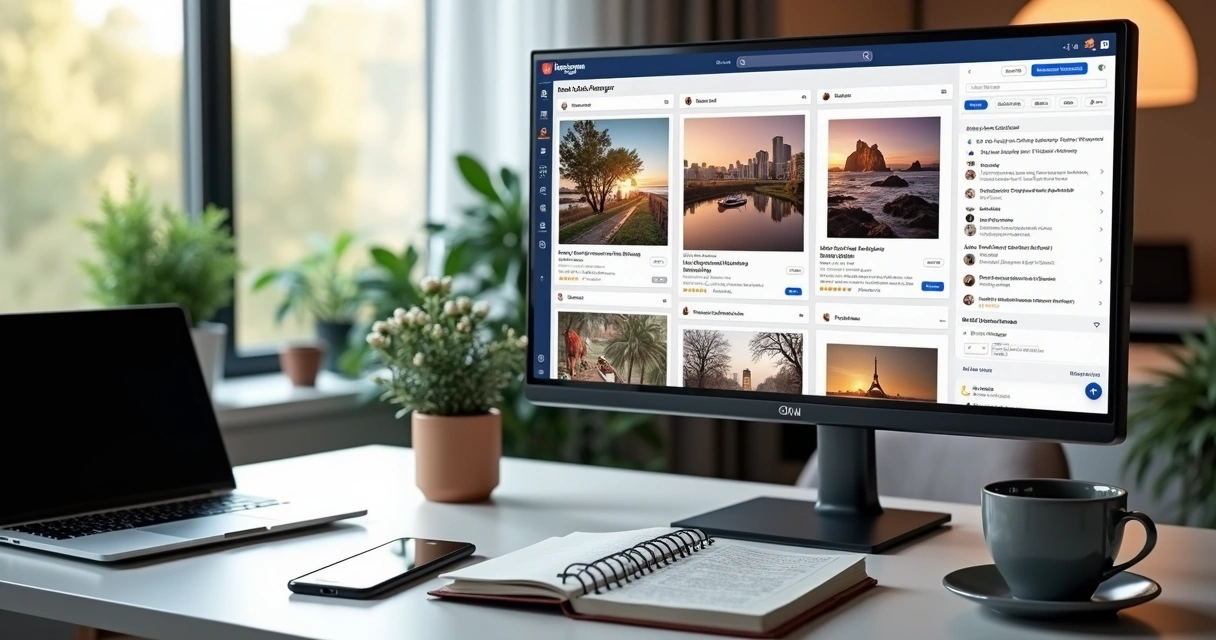If you’ve ever felt tempted to just let AI take the wheel on your ad creatives, you’re not alone. The speed and promise are tempting. Platforms like Automads let you turn ideas into actual ads in seconds, which can feel like magic, especially when deadlines are tight. But somewhere between the “wow” of instant creative and the results you hope for, a few very human mistakes sneak in. And they might be hurting your campaigns more than you expect.
Sometimes fast isn’t better—just faster.
You might recognize some of these mistakes in your campaigns. Others will surprise you. Either way, all five can lower your returns, increase your ad spend, and make your brand feel less… real. Let's go through them, one by one.
The 1st mistake: bland, generic messaging
The first and maybe the most common problem of AI-generated creatives? They can be incredibly bland. Ever seen an ad that says, “Unlock your true potential with our innovative solution” or “The smart choice for your business needs”? Of course you have. That’s the AI default—and the enemy of real connection.
AI models are trained on lots of data, but often, that data is filled with corporate buzzwords and safe phrases. The result? Ads that look like they’ve been rinsed of personality. According to research from NielsenIQ, AI ads are quickly recognized by people and are often rated as boring or irritating. Ouch.
And it’s not just boring. It’s ineffective. Consumers remember these ads less, and act on them even less. When an ad feels like it came from nowhere, it goes nowhere.
- Use clear, punchy sentences.
- Add a hook that relates to your audience’s world, not the AI's training data.
- Try the creative, then try again. Automads lets you test as many spins as you want—so don’t stop at generic!
The 2nd mistake: visuals that scream "AI"
This one’s everywhere right now. AI can generate stunning visuals, but also some that look—let’s be honest—strange. Too smooth. Too perfect. Or, sometimes, you spot three hands on one person or eyes that just look a little off.
A recent report in the Financial Times described how even fashion brands are using AI images to move faster and cut costs. But when the end result feels artificial, you risk damaging trust or even drawing mockery. People notice.

- Double-check for anything odd—hands, eyes, symmetry.
- Stay away from “uncanny valley” faces.
- Pick visuals that feel warm and human—slight imperfections are better than digital coldness.
The 3rd mistake: humor that falls flat
The Financial Times covered how at Cannes Lions festival, a whole humor category was added to highlight how AI, despite many strengths, has trouble being genuinely witty or funny (Financial Times: Cannes Lions and AI Humor). When AI tries to land a joke, it often misses the mark. The punchline is bland or even awkward. Authenticity and cultural context are lost.
What does this mean for your ads? If you’re using AI-generated scripts or video actors, they might come across as robotic. More to the point, your audience might cringe—or scroll past.
An unfunny ad is just an expensive way to be ignored.
- If humor is your thing, tweak the AI results yourself.
- Ask colleagues or friends if it actually makes them smile—or groan.
- Automads, for example, lets you test different voice and style choices quickly. Use that speed to find a version that actually works.
The 4th mistake: lack of brand consistency
AI tools are meant to save time, but if you don’t guide them, your brand voice and feel can disappear. It shows up as mismatched colors in visuals, or a tone that sounds like another company entirely. Consistency matters, or all your ads blend into the wider noise. Just another shout in a crowded space.
Here’s the tricky part: while tools like Automads let you set certain brand guidelines, you need to check the output, every time. If you’re producing a carousel ad for Instagram with their AI Instagram ad generator, and follow with a video script for Facebook using the AI Facebook ad generator, do the two still “feel” like your brand? Are your key values, your tone, and your distinct look and feel present throughout?
- Save time, but never skip review.
- Compare your AI output against your historic top-performing ads.
- Customize templates and reference your style guide upfront whenever possible.

The 5th mistake: missing context and relevance
The final big error is when your AI creative doesn’t fit the platform or audience. For example, generating a video with actors for Meta Ads using the AI Meta Ads generator, but forgetting to tailor the script or format to that context. What works on Meta usually flops on Google, and vice versa.
If you’re launching a campaign for Google, the AI Google ad generator from Automads lets you create tailored ads, but it’s up to you to double-check format, tone, and relevance for Google’s search or display environment.
It’s easy to hit “generate” and move on, but your best-performing ads will always feel tailored, not templated. Seize that flexibility AI offers, but know your audience and channel. A misfit ad is a waste of spend.
- Decide where the creative will run before making it.
- Edit AI’s suggestions for channel and audience first, not last.
- Test more than one version with Automads, and let the best creative win (not just the fastest).
Finding the balance between speed and success
AI creative tools, like Automads, are here to stay. Speed and volume can help marketing teams test ideas and get live fast. But if you trust only the AI and never step in, you risk launching campaigns that are forgettable, or worse, damage your results.
So next time you’re generating a batch of social ads, take an extra breath. Run your eyes over the visuals, read that script out loud, and ask yourself—does this reflect your brand and truly speak to your audience? Avoid these common mistakes, and AI will help you shine, not sink.
The human touch makes the difference.
If you want to see how much further your ads could go with better AI creative, try Automads without entering your credit card details—even for your next experiment in creative testing.
Frequently asked questions
What are the common AI creative errors?
Common mistakes include bland, generic language, visuals that look obviously artificial, humor that feels off or falls flat, inconsistent branding, and creatives that miss the context or specific needs of the channel or audience. Even with instant ad generators, these errors can sneak in and impact campaign results if left unchecked.
How to avoid mistakes in AI creatives?
Stay involved at every step. Review all outputs, adjust the messaging and visuals, check for brand consistency, and always test more than one variation. Feedback from your real audience—or even your team—can help you spot things that AI misses. Choosing platforms that let you generate and test many versions, like those at Automads, can make this process much easier.
Is AI-generated creative worth using?
Yes, when used thoughtfully. AI speeds up content creation and makes it easier to test different options. But its output should be treated as a first draft, not the finished product. If you take the time to review and refine, AI-generated creative can boost your marketing efforts and help you stay ahead.
What makes AI creatives less effective?
They often lack authentic storytelling, come across as boring or confusing, and can miss small cultural or visual cues that matter to audiences, as highlighted by studies from NielsenIQ. If used as-is, they may underperform and make your brand seem to lack personality.
How can I fix bad AI creatives?
Start by reviewing the creative with fresh eyes or get feedback from your team. Edit all messaging to sound natural and true to your brand. Look for any visual imperfections or inconsistencies. Test several variants, especially using flexible platforms like those from Automads, and pick only the best-performing options for your actual campaigns.





